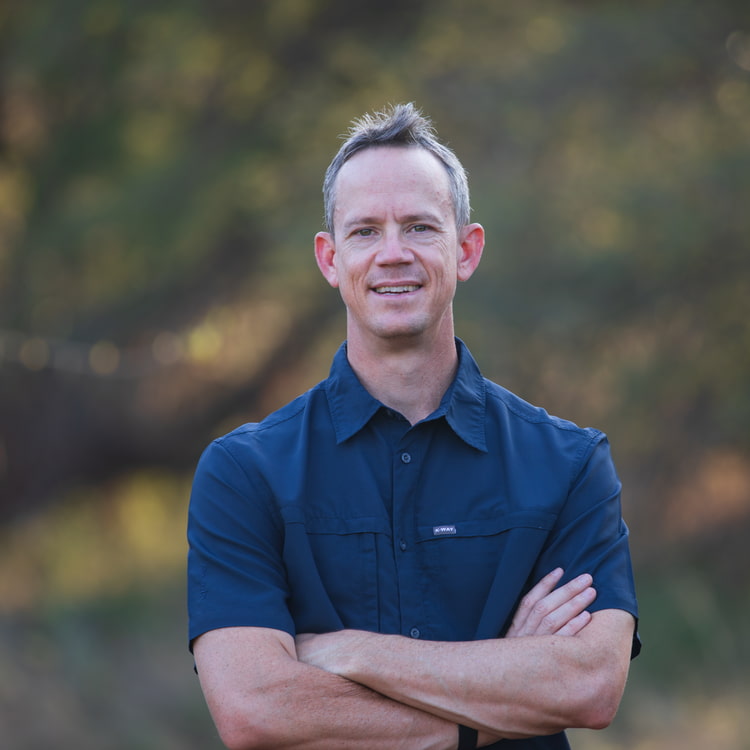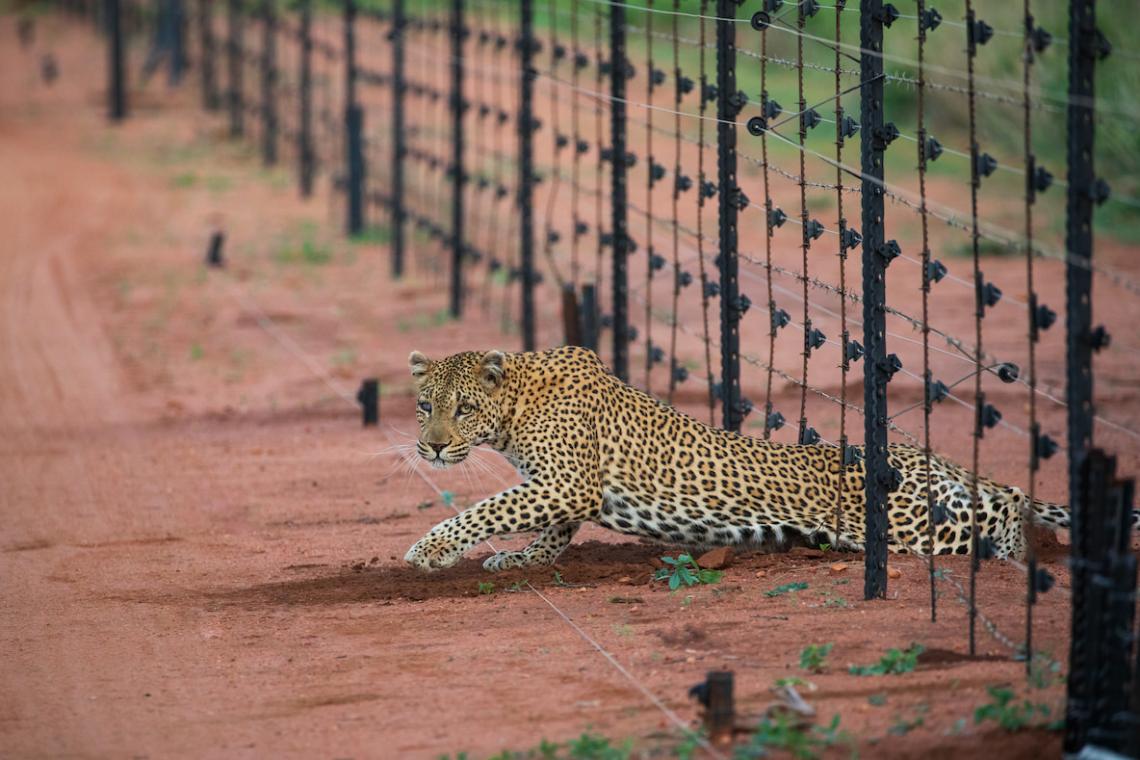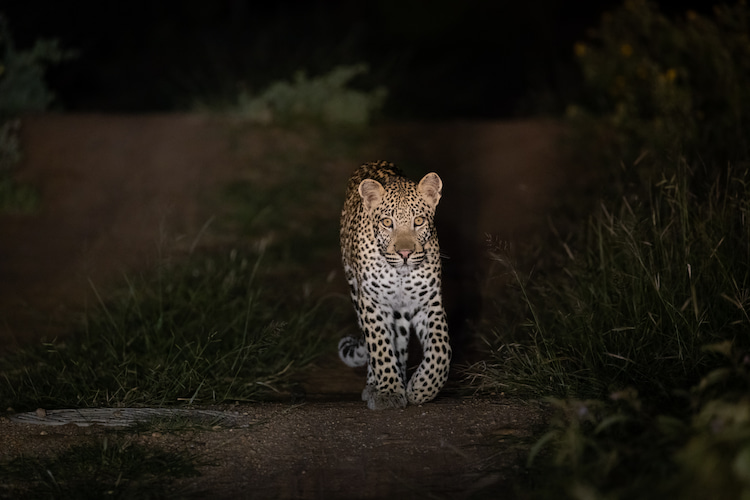
Ntsakelo male, one of Kulua’s recent offsprings now hunting independently on the Hoedspruit Wildlife Estate at night
Owen Grobler: Growing up in Zimbabwe, I was always naturally inclined. I have always had a love for nature. It primarily started with birds of prey, but when we left Zimbabwe and moved to Johannesburg, it was just time spent in a big city. I only really started going into wild spaces again in 2015/2016. We went to Pilanesberg National Park, where we had a couple of great leopard sightings. I started to take an interest in the Leopard ID project being run there. Leopards are very secretive animals and very difficult to find. I enjoyed learning about their behaviour, and obviously, they are wonderful animals to photograph as well. When we decided to leave Johannesburg and moved to the Hoedspruit Wildlife Estate in 2018, I really wanted to do something that was conservation oriented. That was when the idea for Searching for Spots came. We (him and his wife) started the blog with the hope of promoting predator-human coexistence and trying to create a little bit of interest and awareness around leopards. I guess it’s their secretive nature, my thirst for understanding behaviour and how great they are to photograph that started the fascination.
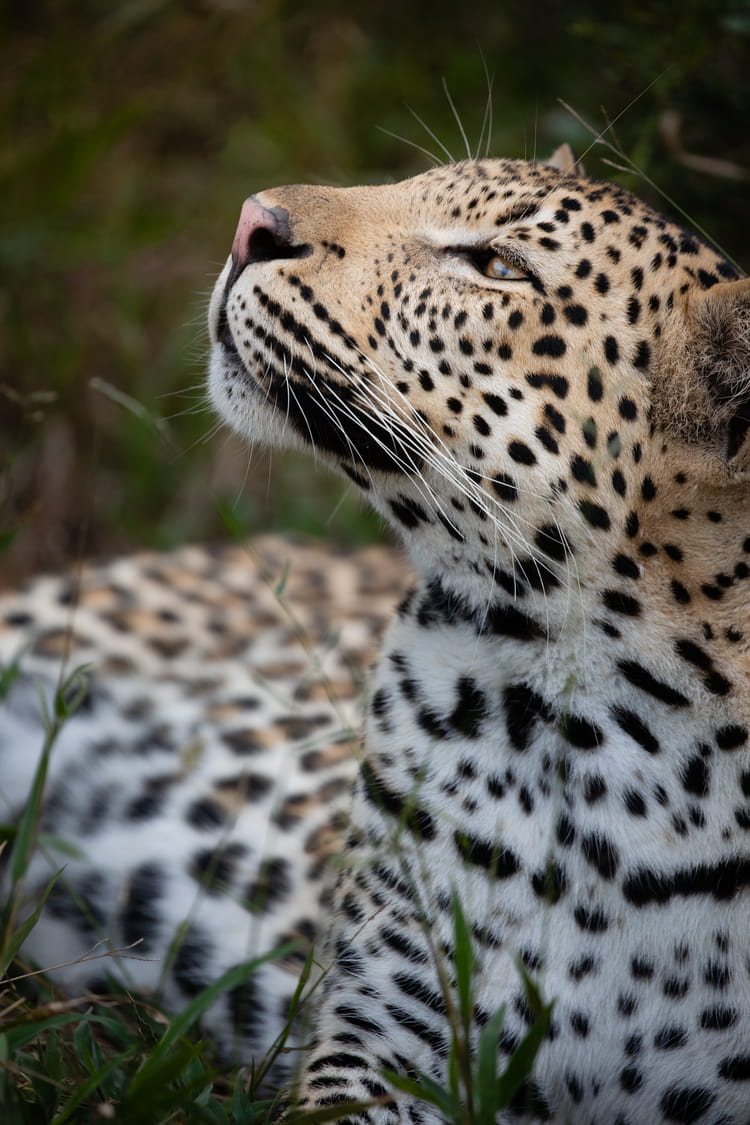
The Ntsakelo male becoming more mature and confident giving Owen the opportunity to photograph him at daytime
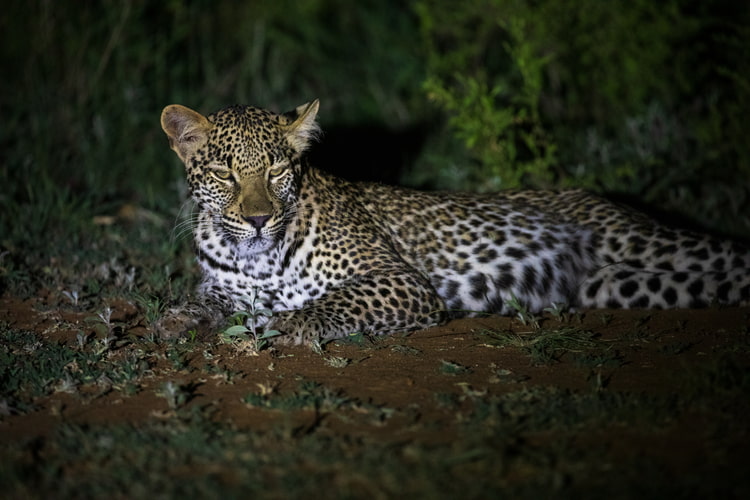
Mbilu female, also a daughter of Kulua, has set up her territory on a nearby disturbed landscape in Hoedspruit
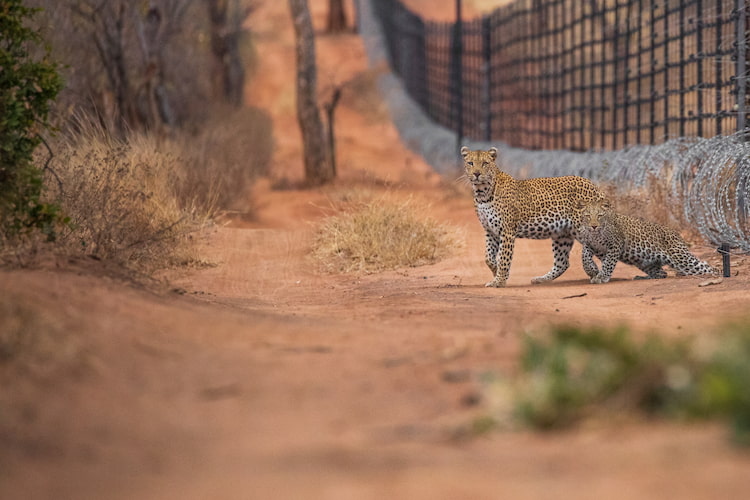
After 1,5 hrs of waiting and hiding, the Kulua female and her cub Mbilu finally enter the Hoedspruit Wildlife Estate looking straight at Owen
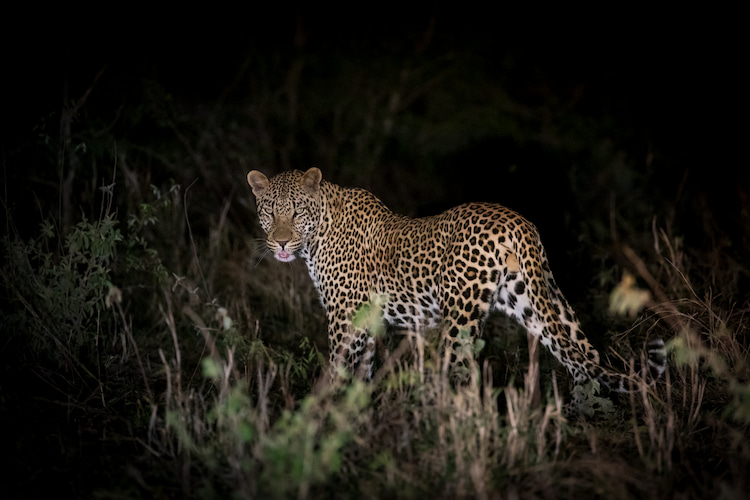
The Tlanga male hunted on the Hoedspruit Wildlife Estate for a while before he dispersed. He has not been seen for a few months.
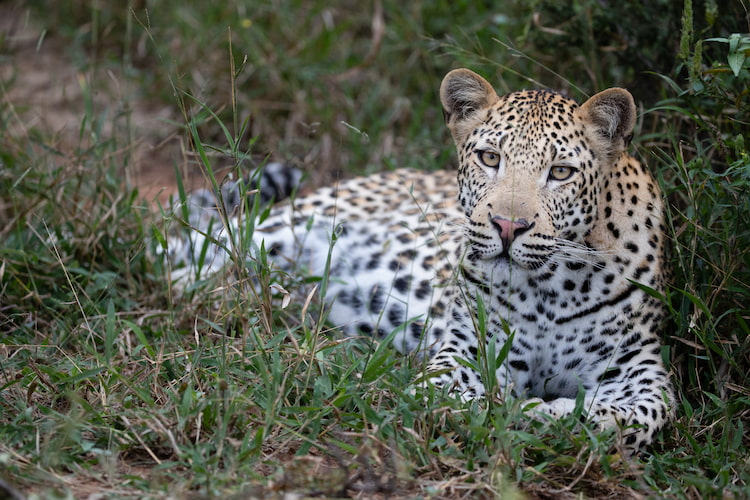
His unique spot pattern on his chest makes it easy to identify Ntsakelo
Another important thing is to create wildlife corridors from one protected area to another to support genetic diversity. As soon as you enclose environments, then obviously, genetically, there can be complications. I think there is still work that can be done, we can still ensure the safe movement of these animals from one area to another, but that would then need the buy-in of people to at least broaden the private or protected areas so that animals can move from one to another. I think that’s the only way I can foresee animals having a chance in this environment, the creation of corridors as well as ensuring that there isn’t any more erosion into protected land that we have left.
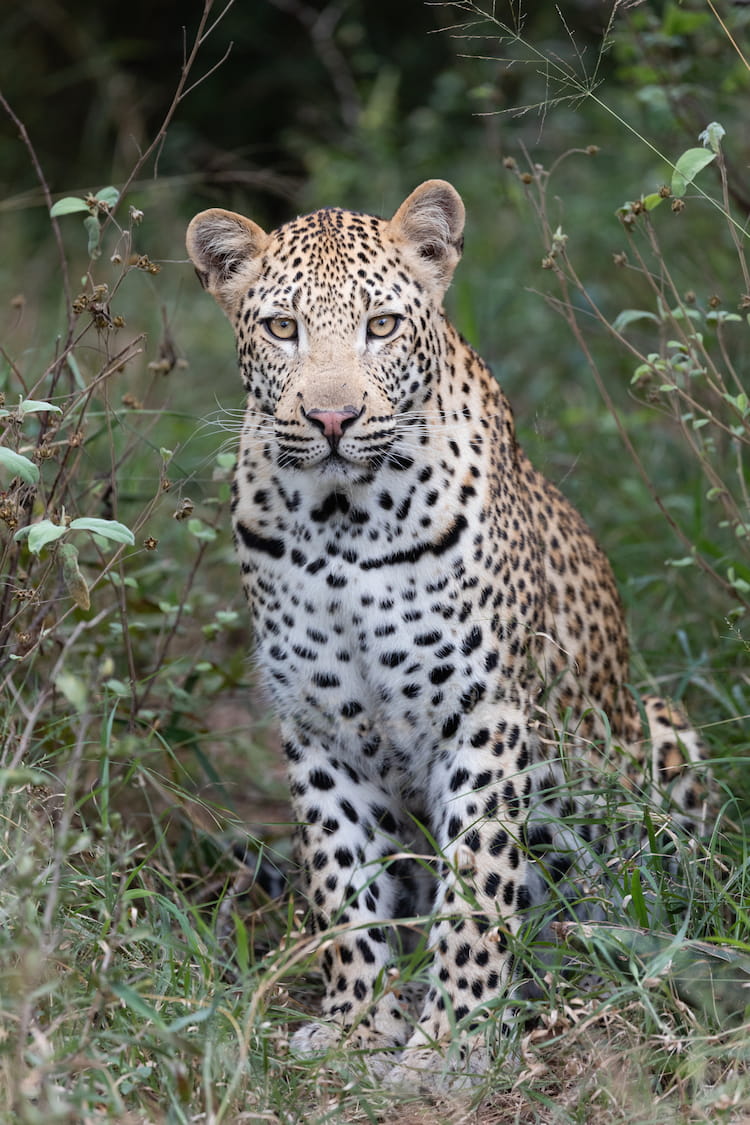
Daytime sightings of leopards in the Hoedspruit Wildlife Estate are incredibly rare and therefore even more special
Owen Grobler: There’s a number of things that have contributed to Hoedspruit mushrooming as it is. During Covid, people realised that they could work from home, so I think that we did get a good portion of people moving here and buying property from the city. With the hospital going up, that’s going to make it more enticing to people, especially to an ageing population to move out here.
One of the landowners of the Hoedspruit Wildlife Estate cleared a portion of his land to put up storage units for people to be able to rent. That western section and just outside of it is where one of the leopardesses used to move. It’s clear that habitat loss has impacted her. That area is no longer there to teach cubs. Habitat destruction means that leopards will disappear. Without a prey base, you are not going to have your predators, and I think that’s why it is so important for us to do whatever we can to hang on to the protected land that we have left and support National Parks that support protected land. Also, to support outfits like Panthera or the Cape Leopard Trust - these are organisations that are doing spectacular work, and I think if people just do a bit of research and find a conservation outfit that resonates with them, go and support them, keep them afloat. They are educating people, they are doing a lot of great work on the ground, and I think that’s a really, really vital part if we can combine our support for the conservation outfits as well as supporting protected areas. Only then are we giving these animals a future.
